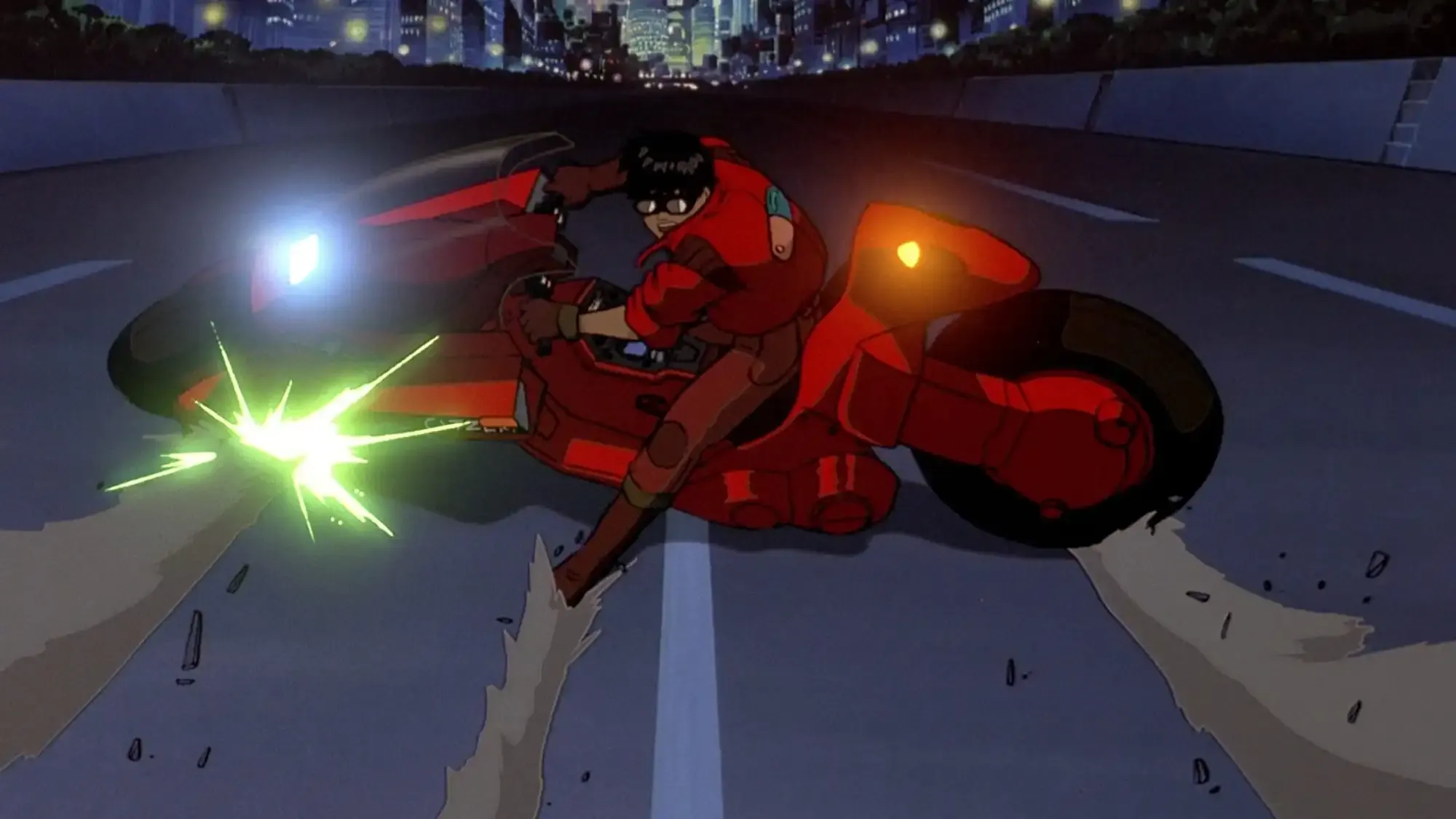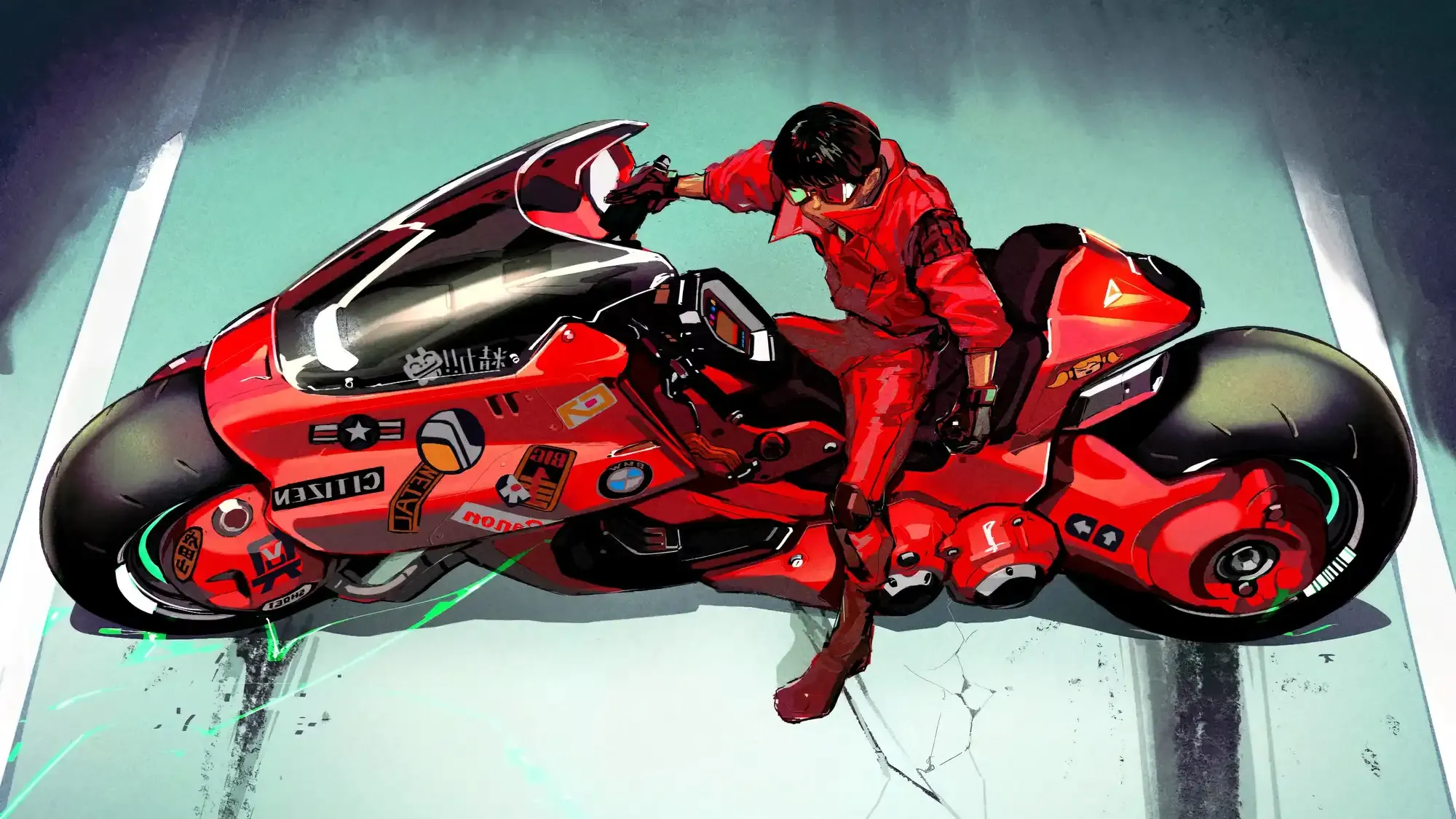"A Mind-Bending Masterpiece: A Look Back at Akira"
Posted Saturday, Dec 09, 2023 163
Akira is set in a dystopian future, where a secret government project leads to the emergence of a powerful psychic named Akira. The story follows a group of biker gang members who become entangled in a web of political intrigue and supernatural forces, as they uncover the truth behind Akira and the catastrophic events that transformed Tokyo into a post-apocalyptic wasteland.
The film explores themes of power, corruption, and the consequences of unchecked technological advancement. The tone of Akira is dark and gritty, with a sense of urgency and impending doom looming over the characters and the city.
The characters in Akira are complex and deeply flawed, yet compelling and relatable. The voice acting brings a raw and emotional depth to the characters, making their struggles and inner conflicts all the more palpable.
Director Katsuhiro Otomo masterfully crafts a visually stunning and immersive world, seamlessly blending traditional hand-drawn animation with groundbreaking use of color and light. The pacing and framing of each scene effectively build tension and evoke a sense of unease, keeping the audience on the edge of their seats throughout the film.

The haunting and evocative score by composer Shoji Yamashiro enhances the emotional impact of the film, heightening the sense of dread and awe as the story unfolds. The integration of diegetic and non-diegetic sound elements adds an additional layer of depth to the audio-visual experience.
The cinematography in Akira is a masterclass in visual storytelling, with dynamic camera movements and striking compositions that convey the vastness and claustrophobia of the cityscape. The use of light and shadow creates a moody and atmospheric backdrop for the narrative to unfold.
The production design of Akira is astonishing, with meticulous attention to detail in depicting a cyberpunk metropolis that feels both futuristic and lived-in. The juxtaposition of high-tech gadgets and dilapidated urban decay adds layers of visual interest and social commentary.
Akira pushes the boundaries of animation with its groundbreaking use of special effects, particularly in its portrayal of psychic phenomena and explosive action sequences. The seamless integration of hand-drawn and digital effects sets a new standard for the medium and leaves a lasting impression on the audience.

The editing of Akira is razor-sharp, with a keen sense of rhythm and pacing that keeps the narrative propulsive and engaging. The juxtaposition of fast-paced action and quieter character moments creates a dynamic ebb and flow, mirroring the emotional highs and lows of the story.
The pacing of Akira is relentless, drawing the audience into a whirlwind of chaotic events and dizzying revelations. While the breakneck speed may be overwhelming at times, it effectively mirrors the disorienting and unpredictable nature of the world within the film.
The dialog in Akira is sparse yet impactful, with characters often speaking in enigmatic and cryptic phrases that add to the mystique and intensity of the storytelling. The use of silence and non-verbal communication also speaks volumes, conveying a depth of emotion beyond words.
While Akira is undeniably a stunning visual and auditory feast, some viewers may find the complex and non-linear narrative difficult to follow on first viewing. The abundance of characters and interconnected subplots can be overwhelming, requiring multiple viewings to fully grasp the intricacies of the story.
Akira is a monumental achievement in animation and storytelling, leaving an indelible mark on the science fiction genre and influencing generations of filmmakers and artists. Its uncompromising vision and audacious ambition resonate with audiences, challenging them to contemplate the nature of power, identity, and human evolution.